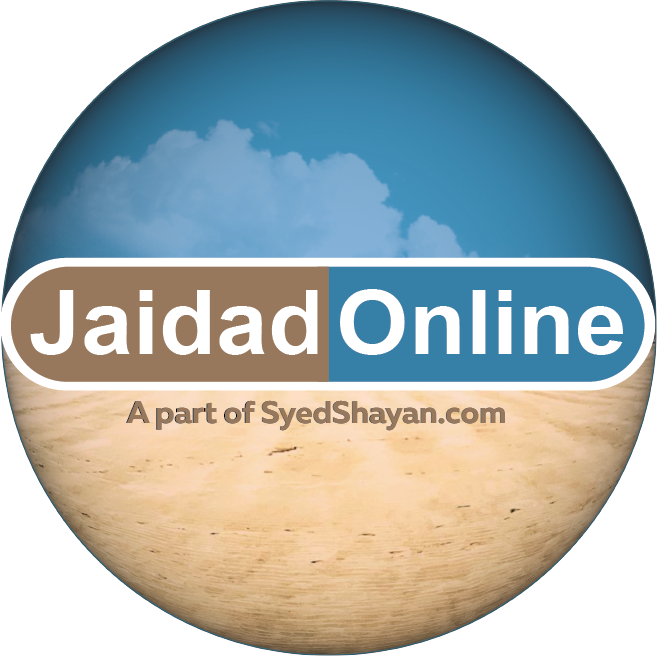
On May 20, 2025, Pakistan’s Federal Cabinet approved the promotion of General Syed Asim Munir to the honorary rank of Field Marshal—making him only the second person in the country’s history to receive this title. The announcement dominated state media, private news channels, and social platforms across Pakistan. The decision, made during a cabinet meeting chaired by Prime Minister Shehbaz Sharif and formalized by President Asif Ali Zardari, was in recognition of General Munir’s leadership during Operation Bunyān Marsūs, which secured a decisive edge for Pakistan in the recent standoff with India.
But amid all the applause, one question looms large: If the Army Chief can be honored for his leadership, why not the Air Chief?
Field Marshal — An Honor, Not a Promotion
Let’s first understand the nature of this rank. The title Field Marshal is not a regular military promotion; it is an honorary distinction, symbolized by five stars on the uniform—one more than a traditional four-star general. It is reserved for extraordinary military service, strategic brilliance, or remarkable national defense contributions. Globally, it’s the pinnacle of military recognition. In Pakistan, the title was first taken by General Ayub Khan, who self-appointed himself Field Marshal in 1959—just a year after seizing power through Martial Law. Unlike today’s process, Ayub Khan’s title was not granted through any formal military board or cabinet recommendation. As noted by scholars like Ayesha Jalal, Zahid Hussain, and Gen. (R) Asad Durrani, the move was largely symbolic and political—an attempt to strengthen Ayub’s personal authority.
In contrast, General Asim Munir’s promotion carries institutional legitimacy and national endorsement, restoring credibility to a title that had long been seen as politically tainted.
The Air Force’s Moment in the Spotlight
Still, one cannot overlook the glaring omission: the Pakistan Air Force (PAF) played the decisive role in this recent military engagement. From neutralizing advanced enemy aircraft like Rafale jets to safeguarding national airspace and executing precise deep strikes, the Air Force was at the center of Pakistan’s success. Global defense analysts were quick to take note.
International media called the PAF “tactically superior” and “digitally precise.” Its performance in electronic warfare, airspace defense, and stealth operations drew comparisons with top-tier global air forces. The PAF’s use of advanced targeting, intelligence, and aerial coordination has become a textbook case in modern warfare.
Yet, despite such a stellar performance, the Air Force Chief, Air Chief Marshal Zaheer Ahmad Babar Sidhu, received no national recognition equivalent to Field Marshal.
Why “Marshal of the Air Force” Matters
Across the border, India has only once awarded the honorary title “Marshal of the Air Force”, equivalent to Field Marshal, to Arjan Singh in 2002. He led the Indian Air Force during the 1965 war and was decorated 37 years later—a tribute to his long-standing legacy. In many other countries, such honorary titles are used to recognize leaders who shift the tide in national defense.
So why not in Pakistan? Why are ground victories celebrated but aerial triumphs overlooked?
It’s time to acknowledge that the Air Force didn’t just support the war—it led the way. It executed strategic strikes, defended the skies, disrupted enemy communications, and uplifted Pakistan’s reputation globally. Their command of modern aerial combat and electronic countermeasures surprised even the most seasoned global military observers.
A Matter of National Integrity
By awarding the Army Chief the title of Field Marshal while overlooking the Air Force Chief’s contributions, we risk sending a message of imbalance. Recognizing the PAF Chief with the honorary rank of “Marshal of the Air Force” would not only be symbolic—it would be just. It would reflect fairness, honor institutional balance, and celebrate all arms of our defense forces equally.
National pride is not built on medals alone—but on the courage to acknowledge those who earn them. And in this war, it was the sky warriors who turned the tide.
Where swords and catapults were once employed, today’s weapons are sharp headlines, fiery speeches, and viral video clips. A single statement, a broadcast, or a trending reel now serves as the ammunition of this era.
.png)
About the Author:
Syed Shayan is a Lahore based entrepreneur, leading innovative ventures in real estate and technology through his startups headquartered in Main Gulberg, Lahore. He is also the founder of SyedShayan.com, an independent think tank and analytical platform dedicated to in depth commentary, research driven insights, and thought provoking discourse on national and global affairs. syedshayan.com



.png)

